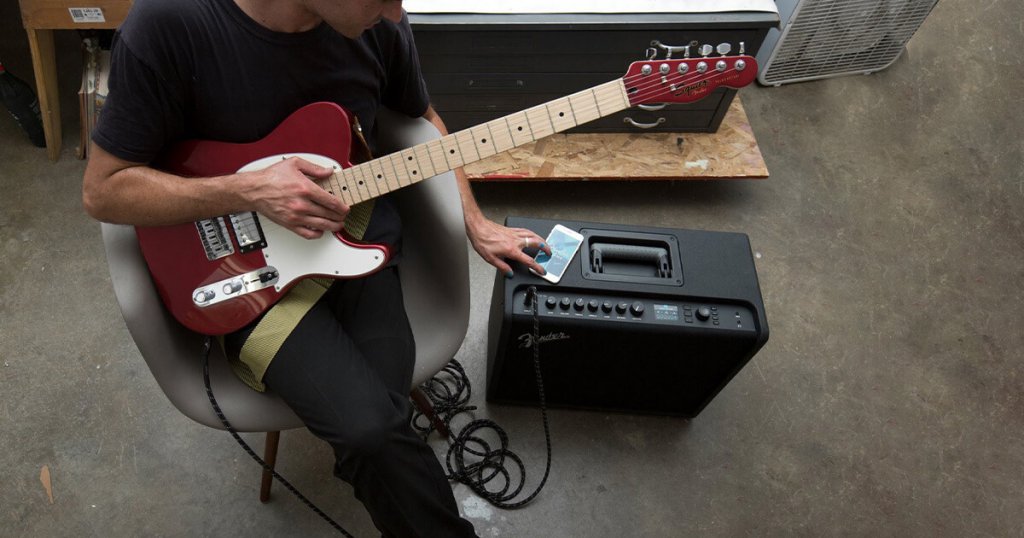
An electric guitar needs an amplifier to produce the sound. You are new to the guitar community. So, you will need to understand how to choose a guitar amp. Many new buyers end up choosing a bass amp rather than the guitar amp. Both are different.
Guitar amps are available in a variety of sizes and shapes along with several other options.
Combo amp vs. amp head & speaker cabinet
For home or road, the majority of guitarists choose a single unit or combo amp including amp, preamp, & speakers. The size of the combo amp is small and allows portability ease. They are jammed with extra features like input jacks, and headphone jacks, which are helpful to play your favorite music.
Guitar amps types
Solid-state and tube maps are the main guitar amp types. Hybrid amps are a blend of solid-state and tube technologies. Modeling amps are digital versions modeled from multiple popular amps. For beginners modeling amps is a great option. They allow sampling of different iconic amp tones and models. You can identify the right sound.
ValveIR sells Quad Cortex Captures raging from aggressive Marshal high-tones to clean Fender-style tones.
If you want to choose from a solid-state or tube amp then the former is beginner-friendly. Just plug & play without any maintenance concerns.
Factors to consider while choosing the first guitar amp
Size & portability
For beginners, a small practice amplifier is sufficient. It will allow you to travel with ease for band practice or any other reason.
Speakers & wattage
- Wattage – Lots of myths surround guitar amp wattage. The majority of branded amps have an output of 30W to 100W. However, the volume doesn’t double with double the wattage amount. A 30W amp is just 5 decibels lower than 100W amp.
- Configuration – Popular speaker configurations available are single 12”, double 12”, and quadruple 12” speakers. In the majority of situations, the amp will be connected to a PA system, so a single or double 12” speaker is great for the majority of the gigs.
- Purpose – For home use, you don’t need an amp with an output of more than 20W. To sound good there is no need to have lots of wattages. A practice amp with one speaker between 8” – 12” is reasonable.
- Studio recording – Usually smaller is better in the recording scenario.
- Play live – There is no need for a massive amp display because microphones are used in a majority of venues to control sound. To play live 30W to 50W and a cabinet with a 1 or 2-inch speaker is fine.
Tones & effects
- EQ controls & settings – Equalization controls comprise treble, mid, & bass. You can shape the frequencies of the amps to sound good with these controls.
- Distortion – A gain knob helps to control the distortion level in the sound.
- Reverb – It is an echo effect, which is available in a majority of practice amp models.
- Digital effects – Beginners may not need the digital effects but will eventually use them. Digital effects allow professionals to experiment with tones.
- Multiple channels – You get the chance to switch between 2 or 3 channels featuring different sound types using the foot switch.
Optional features are great but the guitar amp’s overall quality is essential to consider.
